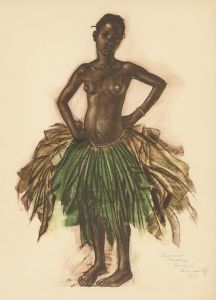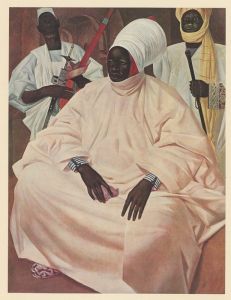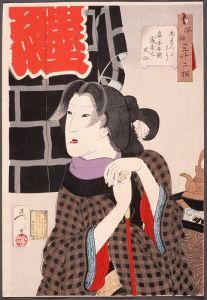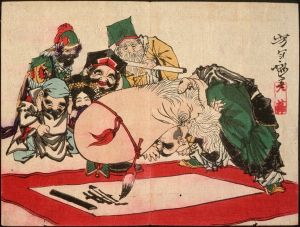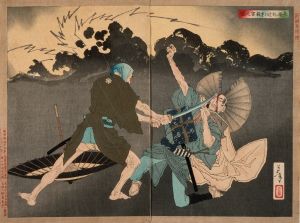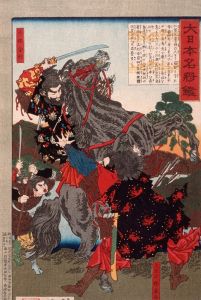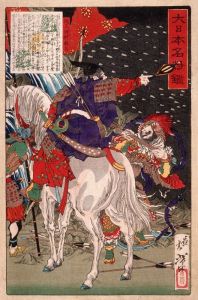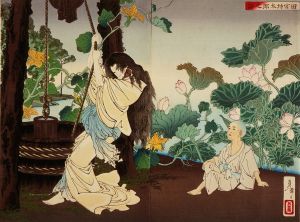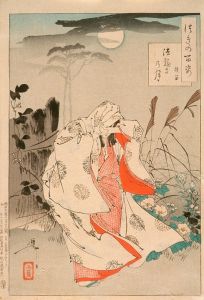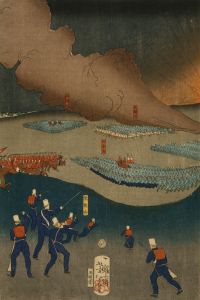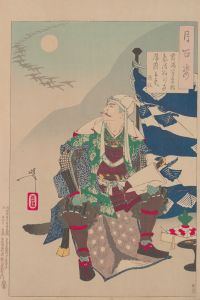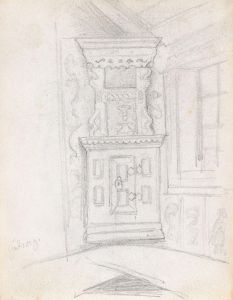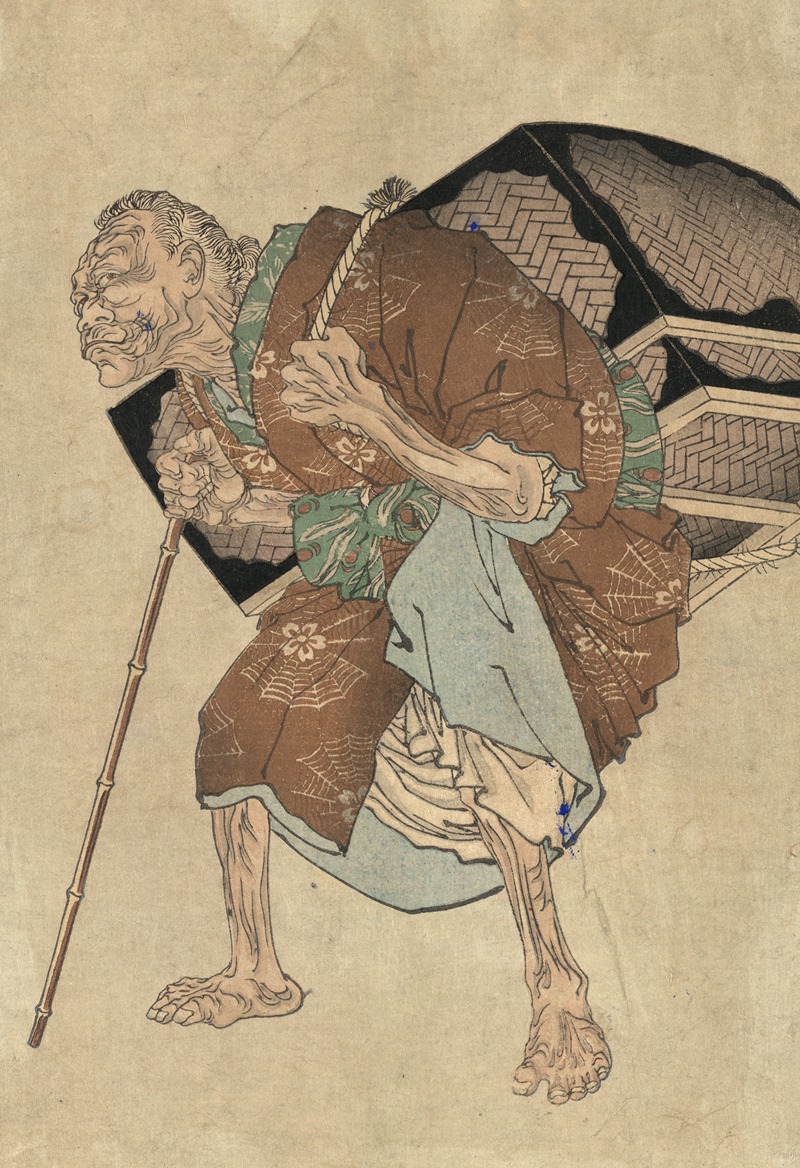
Shitakiri suzume
A hand-painted replica of Tsukioka Yoshitoshi’s masterpiece Shitakiri suzume, meticulously crafted by professional artists to capture the true essence of the original. Each piece is created with museum-quality canvas and rare mineral pigments, carefully painted by experienced artists with delicate brushstrokes and rich, layered colors to perfectly recreate the texture of the original artwork. Unlike machine-printed reproductions, this hand-painted version brings the painting to life, infused with the artist’s emotions and skill in every stroke. Whether for personal collection or home decoration, it instantly elevates the artistic atmosphere of any space.
Tsukioka Yoshitoshi (1839–1892) was a renowned Japanese artist known for his work in ukiyo-e, a genre of woodblock prints and paintings that flourished in Japan from the 17th through 19th centuries. One of his notable works is "Shitakiri Suzume" (The Tongue-Cut Sparrow), which is part of his series "Tsuki Hyakushi" (One Hundred Aspects of the Moon). This series, created between 1885 and 1892, is celebrated for its exploration of Japanese folklore, history, and literature, all connected by the motif of the moon.
"Shitakiri Suzume" is based on a traditional Japanese folktale that tells the story of a kind old man, his greedy wife, and a sparrow. In the tale, the old man rescues and befriends a sparrow, which his wife later mistreats by cutting its tongue. The sparrow flees to its home in the mountains, and when the old man visits, he is rewarded for his kindness with a choice between a large and a small basket. Choosing the small basket, he returns home to find it filled with treasures. His greedy wife, upon hearing the story, visits the sparrow and chooses the large basket, only to find it filled with harmful spirits.
Yoshitoshi's depiction of "Shitakiri Suzume" captures the essence of the folktale while showcasing his distinctive style. His work is characterized by dynamic compositions, expressive figures, and a masterful use of color and line. In this print, Yoshitoshi illustrates the moment of the sparrow's return to its mountain home, emphasizing the themes of kindness and retribution that are central to the story. The moon, a recurring element in the "Tsuki Hyakushi" series, adds a layer of symbolism, often representing enlightenment, mystery, or the passage of time.
Yoshitoshi's "Tsuki Hyakushi" series, including "Shitakiri Suzume," is significant not only for its artistic merit but also for its cultural and historical value. It reflects the Meiji period's (1868–1912) complex interplay between tradition and modernization. During this time, Japan was undergoing rapid changes, opening up to Western influences while also experiencing a resurgence of interest in its own cultural heritage. Yoshitoshi's work embodies this duality, as he drew upon traditional stories and techniques while also experimenting with new artistic approaches.
The "Tsuki Hyakushi" series was one of Yoshitoshi's last major projects before his death in 1892. It is often regarded as a culmination of his artistic career, showcasing his ability to blend narrative depth with visual beauty. "Shitakiri Suzume," like many prints in the series, demonstrates Yoshitoshi's skill in capturing the emotional and moral complexities of his subjects.
Yoshitoshi's influence extends beyond his lifetime, as his work has continued to inspire artists and scholars interested in ukiyo-e and Japanese art. His prints are studied for their technical excellence and their ability to convey profound stories through visual means. "Shitakiri Suzume" remains a testament to Yoshitoshi's artistry and his contribution to the preservation and reinterpretation of Japanese folklore.
In summary, Tsukioka Yoshitoshi's "Shitakiri Suzume" is a significant work within his "Tsuki Hyakushi" series, illustrating a well-known Japanese folktale with his characteristic style and depth. It reflects the cultural dynamics of the Meiji period and stands as a lasting example of Yoshitoshi's artistic legacy.





